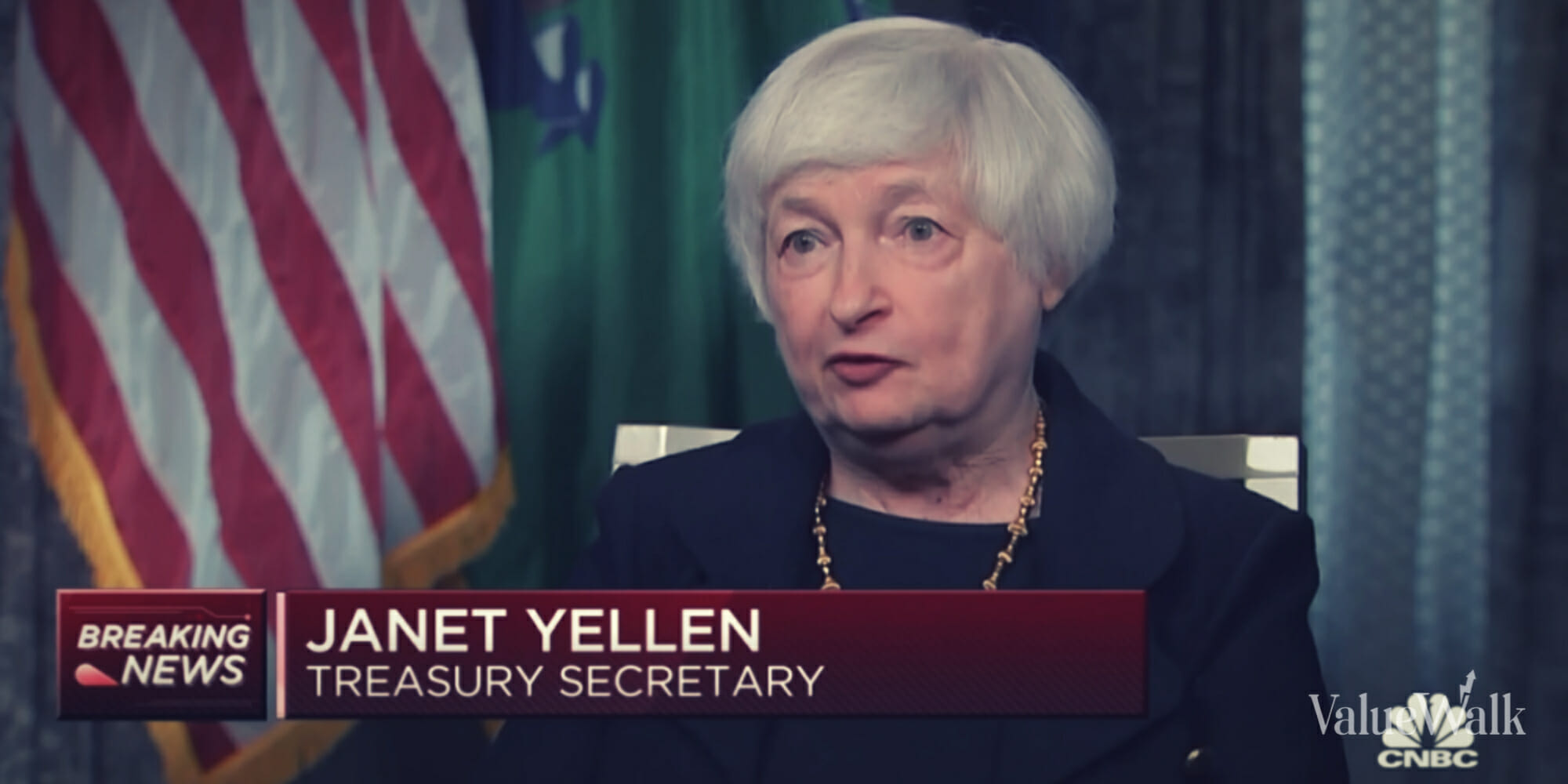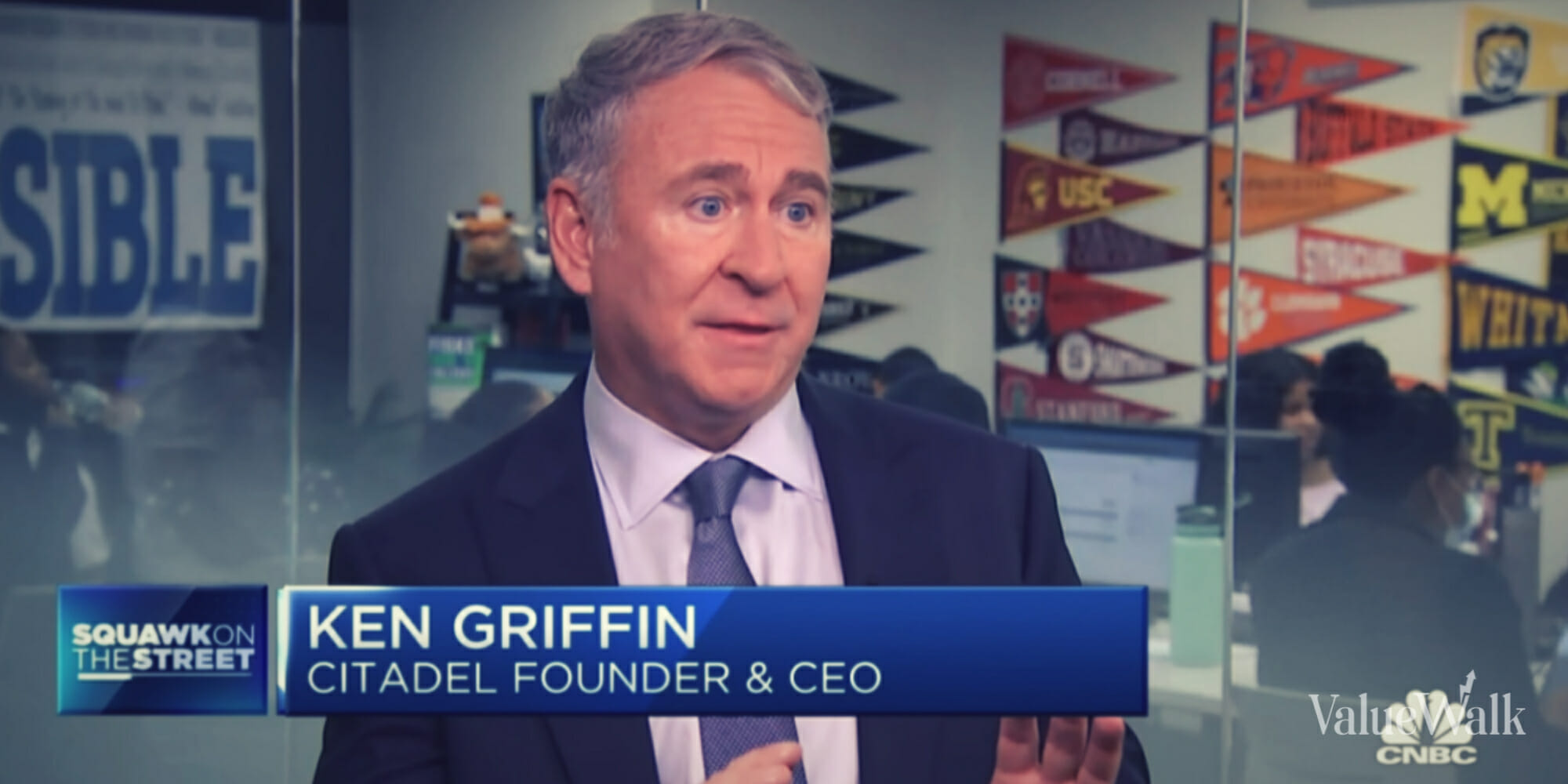The latest from legendary value investor Mason Hawkins.
Excerpt followed by full document in Scribd.
The second quarter exhibited investors’ temperamental nature aptly characterized by Peter Cundill, a highly regarded devotee of Ben Graham’s investment teachings. Peter, who was a good friend, died earlier this year. He started his Canadian investment firm the same year that Southeastern formed. We shared many similar views. The recent book about Peter, There's Always Something to Do by Christopher Risso-Gill, quoted an early, insightful journal entry on page 8. My primary objective is to make money for my clients and then to make my business profitable. I believe that the way to achieve this is through associating with truly competent people with unshakeable business integrity, to ensure strict financial controls, a culture of thoroughness, a measured capacity for action; i.e. no seat of the pants stuff and a spirit of humility and cohesive teamwork. What I am beginning to perceive is that investors tend to follow trends and fashion rather than taking the trouble to look for value. This must offer opportunity for the professional investment manager, as a result of the short term mispricing of securities. Peter’s observation that investors are unwilling to do valuation work occurred before the development of 24/7 business networks and “always on” connectivity. Instantaneous reaction and speculation dominate stock swings today. In May and June sentiment dramatically changed with more speculation around slower global economic growth and Greek debt default. No
significant new developments accompanied the
confidence reversal. Market fluctuations are
nothing new, but the speed and magnitude of the
market’s mood change indicated a reactive rather
than reflective environment. Equity funds, which
had positive flows through April, experienced
outflows every week in May and June, with
significantly larger withdrawals in the final three
weeks of the quarter. Conversely, bond fund flows
peaked in May and were strong again in June. We
saw similar movement among institutions as the
pace of pension plan “de-risking” increased. The
Advisors Sentiment report in Investors Intelligence
measured the rapid and dramatic confidence
swing. The 57% of advisors who were bulls in
early April fell to 37% in mid-June, while fewer
than 16% started as bears but grew to 28% over
the same period. The difference between bulls and
bears, therefore, went from over 41% to under
10% in fewer than three months.
These market observations did not impact our
investment decisions, but they provide context
for the opportunity change over the last three
months. At the end of the first quarter we noted
that few new companies met our qualifications
and the cash in our portfolios would give us
flexibility if markets declined. One of
Southeastern’s advantages is our discipline of
doing detailed business analysis and generating
in-depth company appraisals. Armed with our
long-term investment horizon and conservative
appraisals, we capitalized on the short-term
mispricing created by the market’s rapid reversal.
By the end of June we had found five new
qualifiers as well as added to nine existing
holdings across the three Funds.
Even though returns in 2011 have been positive,
the price-to-value ratio (P/V) has grown more
attractive in each Fund for three reasons: 1) we
have sold and trimmed more fully priced names,
2) we have bought and added to holdings that
were trading below 60% of appraisal, and 3) the
values of most companies have grown. We believe
the Funds contain a great deal of compounding
opportunity. Not only are they selling at a large
discount to appraisal, but the high quality,
competitively advantaged businesses we own and
the capable corporate stewards running them
should drive additional strong value growth for
the foreseeable future.
LongLeaf Semi-Annual Shareholder Letter(function() { var scribd = document.createElement("script"); scribd.type = "text/javascript"; scribd.async = true; scribd.src = "http://www.scribd.com/javascripts/embed_code/inject.js"; var s = document.getElementsByTagName("script")[0]; s.parentNode.insertBefore(scribd, s); })();






